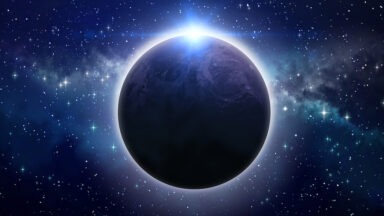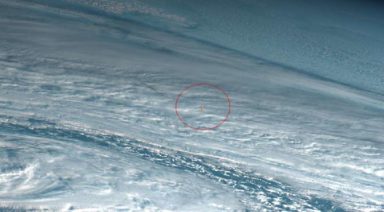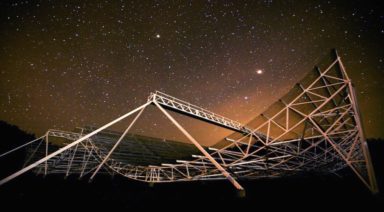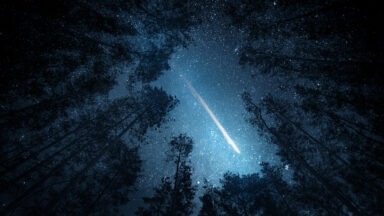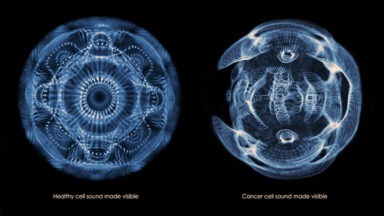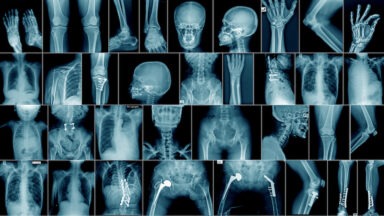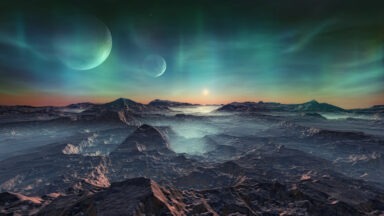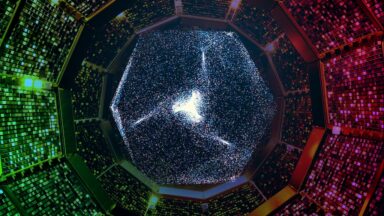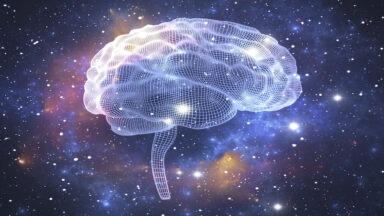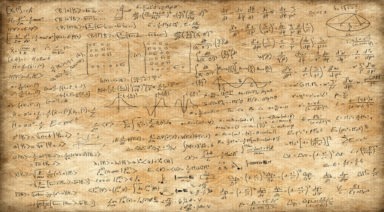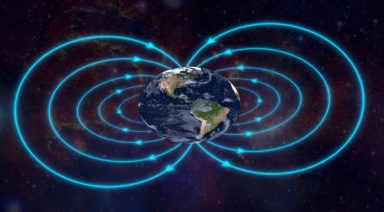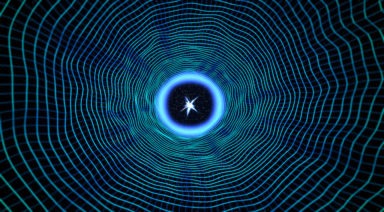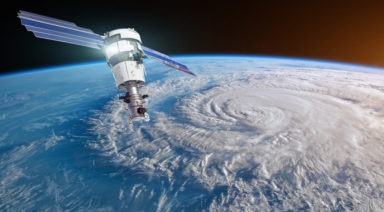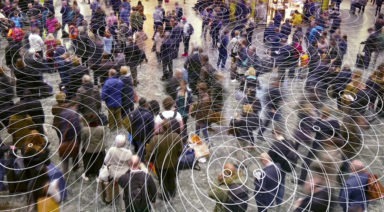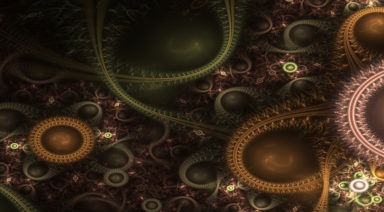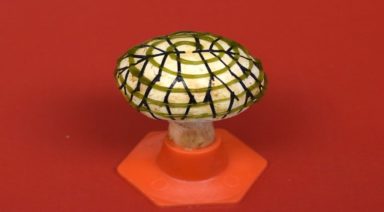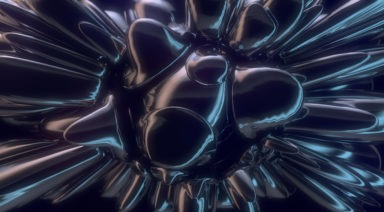Astronomers Confirm Earth Has Two Previously Undiscovered Moons
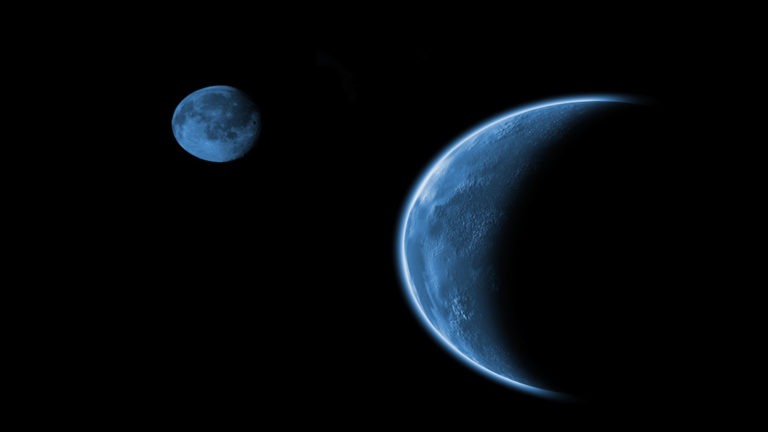
Astronomers discovered that Earth has two other ‘moons’ in addition to the one we’re all familiar with, according to a study published in the Monthly Notices of the Royal Astronomical Society. That is, if you’ll consider two massive dust clouds to technically be called moons.
Though astronomers had an inkling there might be other natural satellites in Earth’s orbit, none had ever been officially recorded until just recently. And now Polish astronomer Kazimierz Kordylewski is probably laughing from his grave, saying “I told you so,” as he was the first to report seeing the dust moons in 1961. At least they honored him by naming these pseudo-satellites Kordylewski clouds.
The clouds were officially discovered by Hungarian astronomers Gabor Horvath and Judit Sliz-Balogh of Eötvös Loránd University in Budapest. Using special equipment, the two were able to clearly distinguish the hazy clouds against the dark backdrop of empty space.
But with all of the technology in the aerospace industry it’s odd we’re just finding these dust clouds that have been orbiting our planet at Lagrange Points – the position where they remain balanced by the centripetal force of their orbit and the gravitational pull of the Earth and Sun. Our dust moons reside in the L4 and L5 Lagrange points.
And it’s within these Lagrange points that NASA planned to put satellites in a holding position to conserve fuel for interplanetary missions, including trips to Mars. With potential missions on the horizon, it’s a good thing these cosmic dust bunnies were confirmed in the event they might pose any threat to spacecraft.
“The Kordylewski clouds are two of the toughest objects to find, and though they are as close to Earth as the Moon are largely overlooked by researchers in astronomy,” Slíz-Balogh said. “It is intriguing to confirm that our planet has dusty pseudo-satellites in orbit alongside our lunar neighbor.”
The clouds are in orbit at about 250,000 miles from the Earth, roughly the same distance our previously known moon orbits, and have been referred to by NatGeo as something like cosmic tumbleweed.
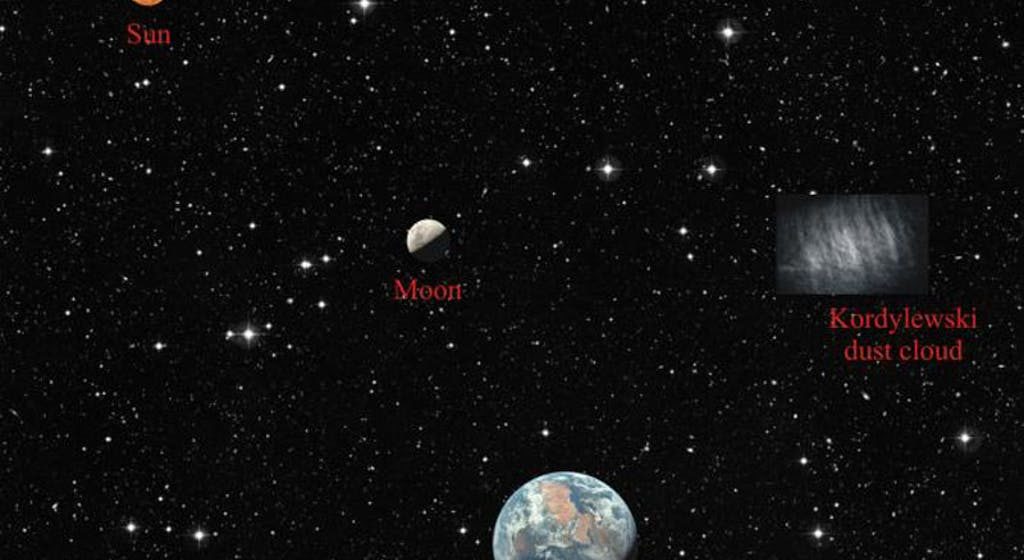
An artist’s depiction of a dust moon
It’s unclear how long these clouds have been in orbit, though it’s almost certain they’ve been there since 1961, when Kordylewski first observed them. And it’s possible they may eventually dissipate entirely, making them ephemeral moons of sort.
No one has yet commented on the way these ‘moons’ might affect astrological phenomena here on Earth. Could it be possible that the dust moons’ orbit influences our daily lives much like the traditional moon? And how long has its presence made an impact?
The search for another moon orbiting Earth does have history, as astronomers as far back as the 19th century have claimed to observe other large natural satellites in our planet’s orbit. Many of these have been written off as near-Earth objects (NEOs) whose orbits are in resonance with Earth, or are “Earth trojans,” which orbit the Sun on a similar path as Earth.
Often these objects temporarily enter our orbit and are reported for centuries as anomalous observations by professional and amateur astronomers alike. In some cases, there have even been reports of potential alien satellites orbiting the planet in retrograde, though this instance is highly contentious.
This latest news comes after China’s announced plan to launch an artificial moon into orbit to light up some of its cities at night. The announcement riled up hollow moon theories that have posited our moon may be an artificial satellite based on some anomalous features observed over the years.
Whatever the case may be, the definition of a “moon” is getting more and more confusing. Can’t we just go back to everyone’s favorite lunar conspiracy – the one where the moon is made of cheese?
For more on some of the strange anomalies surrounding one of Earth’s most well-known satellites watch this episode of Deep Space :
How to Prepare for Upcoming Solar and Lunar Eclipses
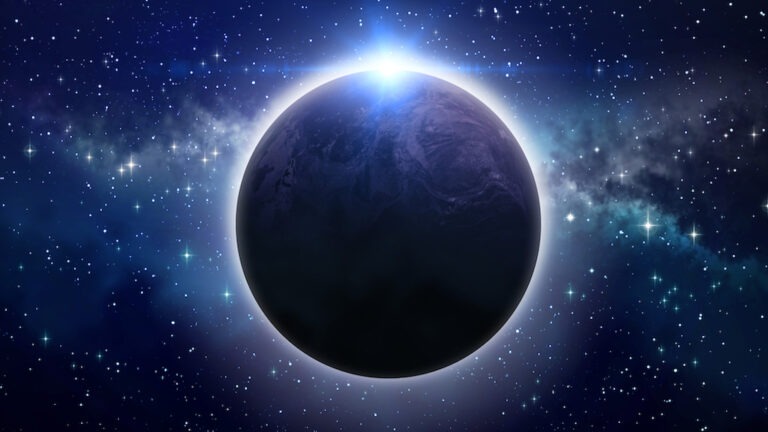
Eclipse season will be here soon, here’s what you can expect and how to prepare for this cosmic dance between the Sun, Moon, and Earth.
Both solar and lunar eclipses hold strong energy in astrology. They can shake us up and stimulate change within ourselves to reach our highest power. We will soon see a partial solar eclipse and a lunar eclipse. What can we expect from these cosmic events?
“Eclipses take place when we have lunar events, which are full moons or new moons that fall close to the nodal axis,” Astrologer Mercedes Arnus Arraut said. “So what is the nodal axis? The nodal axis is the axis of intersection between the orbit of the moon around the Earth and the orbit of Earth around the Sun. That intersection has a north and south, and those points are called nodes. So, the north node represents our destiny; or future, where we’re headed as humanity, what is our destination, what is our direction, where do we need to focus on. In the south, the south node represents our past; what we need to purge, what we need to cleanse, what we need to integrate, what we need to let go…”.
The first eclipse will be on April 30, but Arraut says we will feel it a lot sooner.
“We usually start feeling it around a month before the first eclipse takes place. So, this first eclipse that takes place, the 30th of April, brings many changes into our lives, since all eclipses are like catalysts that align us with our highest purpose. Eclipses literally will cleanse, detox, and be used as tools to show us what path we need to follow,” Arraut said.
Soon after the solar eclipse,we will see a lunar eclipse in May. How does this relate to the solar eclipse we just had?


